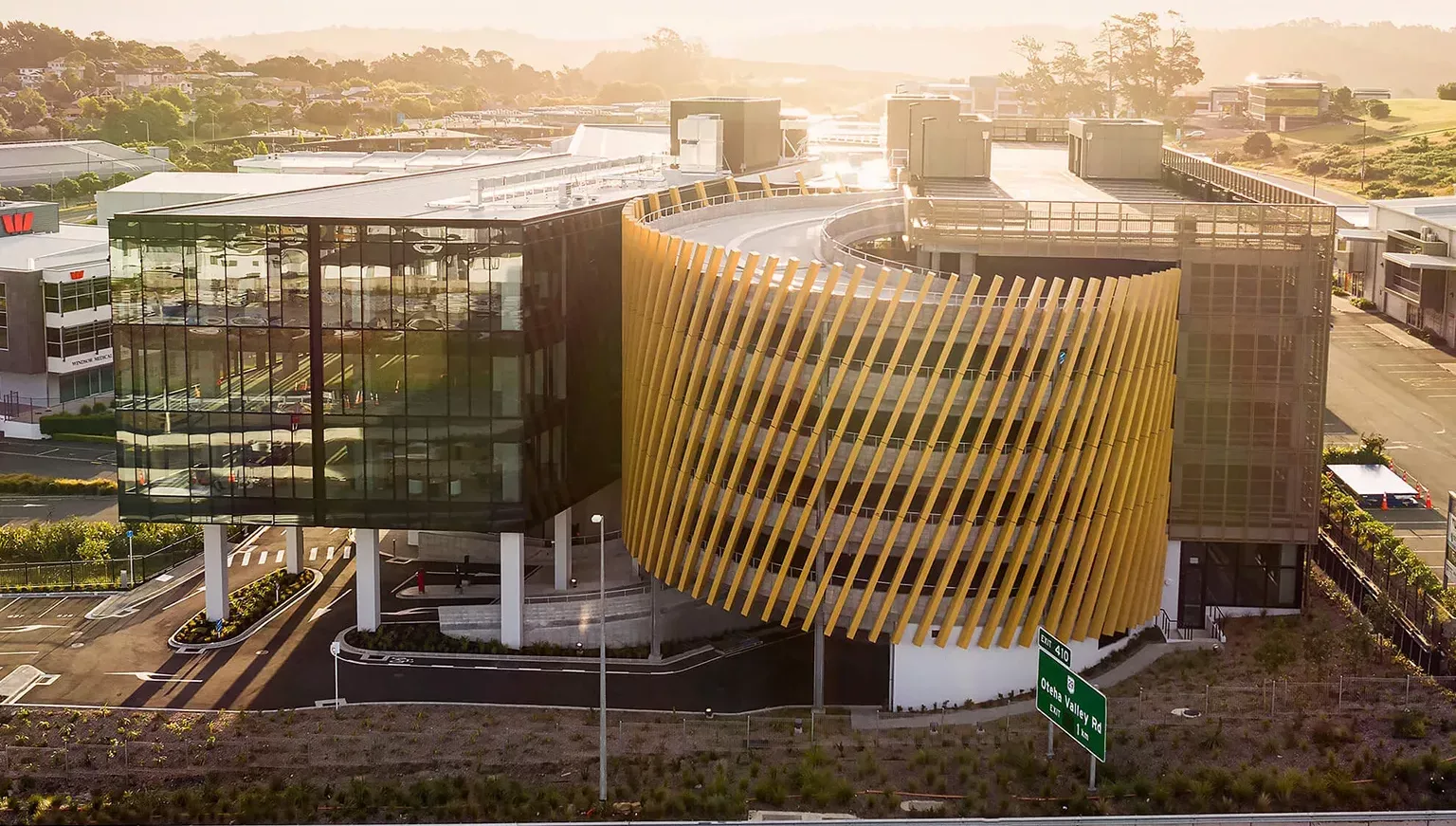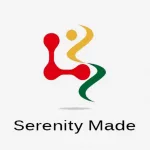Ignite Architects’ designs forge community connections, tell cultural stories and are boldly resilient, creating spaces to be enjoyed across generations. We get the full story from Director, Jason Marriott.
A DESIGN FOR LIFE
“Architecture is a wonderful synergy of so many interesting threads from different industry sectors, client types and building typologies.”
Positioned prominently within this uniquely divergent landscape, is Ignite Architects (Ignite), the multi-disciplinary design firm specialising in architecture, interior design, master planning and urban design.
The company excels in bringing a dynamic and innovative approach to delivering world class design solutions that are both people-oriented and visually inspiring. With place-making at the heart of its practice, the company remains dedicated to fostering engaged and vital communities.
With over 30 years of experience to draw upon, stemming back to 1987, Ignite is now home to a team of more than 140 professionals across six design studios in Australia and New Zealand.
“The diversity of our experience and culture of craft allows us to take a fully integrated, holistic design approach to local and international projects of varying scale and complexity.” introduces Jason Marriott, Director of Ignite’s Sydney studio.
“Our scope of work includes master plans, retail and commercial buildings, workplaces and schools, hospitality and entertainment complexes, residential and hotel developments, civic and aviation buildings, and aged care and healthcare facilities.
“We don’t have a house style – our designs respond to the distinct requirements of our clients and communities.”
Remaining enthusiastic about the state of the modern-day architectural landscape, Marriott’s journey to his current role progressed parallel to an industry that has witnessed a vast transformation in terms of technology.
“I always had a passion for technical detail, paired with a strong interest in design and drawing. Eventually the combination of this led me towards architecture as a profession,” he tells us.
“It’s a career that has taken me around the world, at one point landing me in China for 13 years, working on vast mixed use and sporting projects. Seeing the profession evolve, from using drafting pens to the technology-orientated business we are in today has been an exciting experience, and looking back the evolution happened so quickly,” Mariott reminisces fondly.
“The diversity of our experience and strong team culture allows us to take a fully integrated, holistic design approach to projects of varying scale and complexity”
Jason Marriott, Director, Ignite Architects
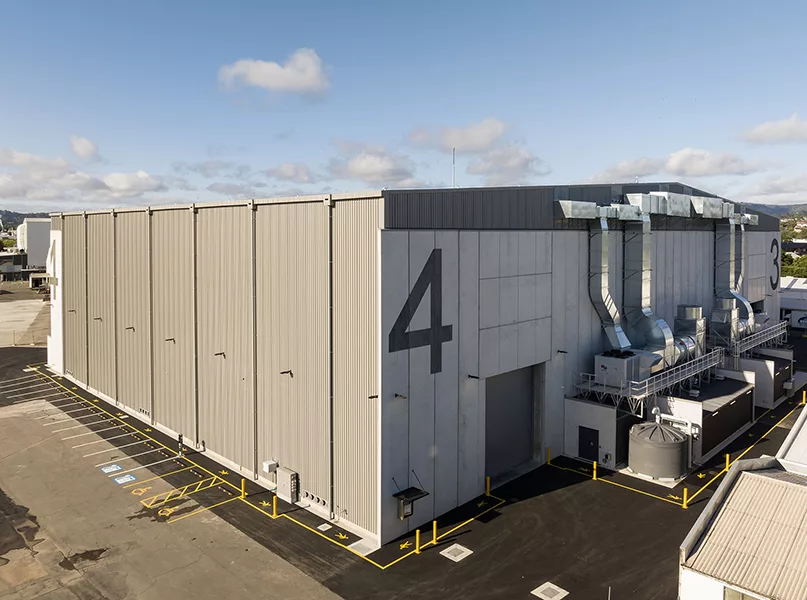
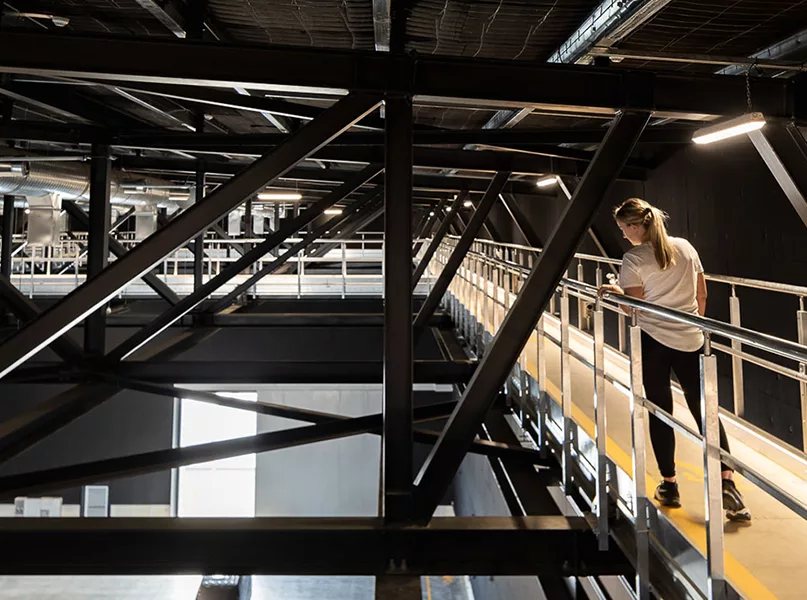
AN INDUSTRY IN TRANSITION
Maximising usable area and yield, as land, construction, and materials become increasingly more expensive, is a key consideration across the industry.
At present, integrated mixed-use architecture and master planning is still gaining momentum as a typology, enabling more cohesive uses of land through mixed zoning combinations. This results in combinations that are tailored to suit urban level needs while offering a higher level of user convenience and amenity, integrated lifestyle and work destinations, and more advanced sustainability solutions, as well as better commercial outcomes for investors, owners, and operators.
Standing in the shoes of the end-user, and innovating effective and user-friendly storage and amenity areas, is a key part of striking the balance for empathetic design, and commercial viability.
Flexibility and adaptable processes are critical for design responses so that they can evolve and manifest to deal with changing user needs. Ignite’s design team believes that now more than ever, technology needs to be thought of as more of an overlay that will change and can be quickly upgraded, rather than deeply embedded in a physical design.
Regarding residential spaces, ageing in place is becoming increasingly important as a design consideration, enabling people to stay in a familiar place longer.
Additionally, the shared economy is an emerging design area that is still gaining momentum by looking at the collective synergies of like-minded people to enable co-working, co-habitation, and co-occupancy buildings.
“Fundamentally, it’s the sharing of property and space. As we leave the pandemic those operating in the shared economy have been strategizing and reimagining themselves. The idea of community sharing is disruptive and challenges the need for individual ownership, and conventional thinking, therefore this is a great opportunity for architects and designers,” Marriott elaborates.
Modern methods of construction are an area that is rapidly evolving and one that Ignite is incredibly passionate about.
“We have designed numerous buildings with prefabricated and factory-made components that include residential, schools, and resorts. These projects have deepened our understanding in this area and enabled us to develop design details specifically for these types of buildings.”
Capitalising on this deeper understanding, a project recently completed by Ignite is the Hume Street Urban Park and Through Site Connection. This forms part of the new Sydney Metro Upgrade Project by creating more permeability within the urban fabric from one of the new metro stations. The complex and innovative methodology involved the demolition of several existing buildings, retention of a historic façade and the design of a pavilion.
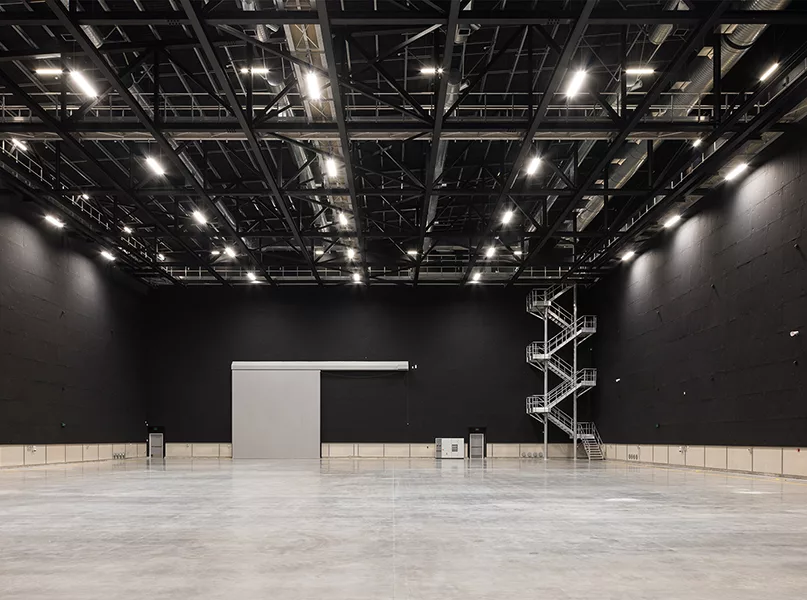
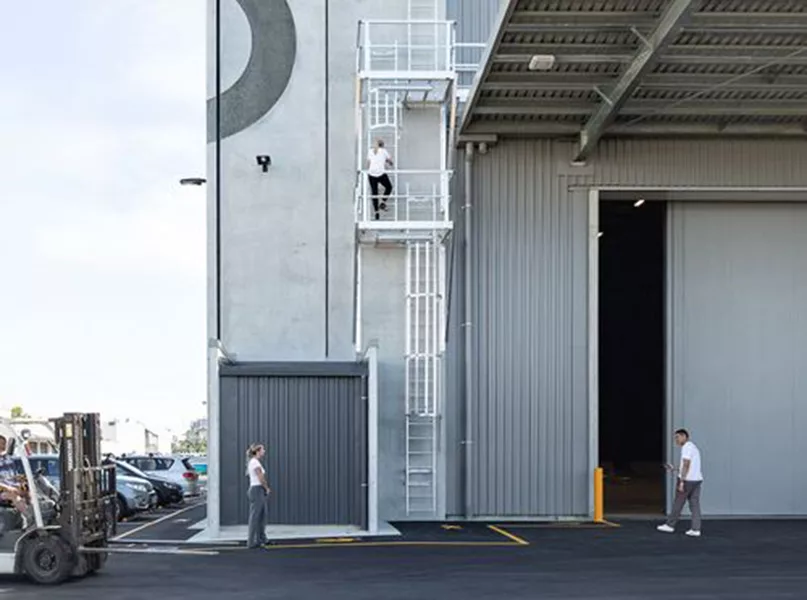
BUILDING KEY RELATIONSHIPS
Now dependant on a key selection of consultant, supplier, and manufacturer partners, maintaining these relationships has become critical to Ignite’s design work. Our studio fosters a culture of collaboration.
These partnerships bring invaluable input to projects, at times challenge the company, and keep everyone involved in the operation abreast of new technologies and products.
“Without a variety of stakeholders bringing different thoughts, opinions, and ideas to projects our design outcomes would be far less successful. We encourage alternative inputs and thoughts, and pride ourselves on the practice of listening,” Marriott affirms.
Ignite’s suppliers in particular, have been invaluable in introducing and educating its designers regarding what is new, as well as refreshing the company’s understanding of known products and materials.
Ignite has worked on numerous projects with Serenity Made and they have always proven to be reliable and deliver quality products. Serenity regularly works to help manage budget expectations and design needs by customising products accordingly. Having the ability to adjust product materials and finishes is a real help to creating a resolved design response.
“Our people in general, at every level, are core to our design work, and we always look to build flat, multi-generational, and gender balanced teams. This helps us to blend new ideas, with proven experience so that designs are innovative yet grounded,” he expands.
Due to its now considerable level of expertise in the design field, Ignite prefers to see itself as several ‘studios of thinkers’, working towards a common goal of creating relevant and meaningful designs.
“Our business operations are as transparent as possible, and we emphasise the importance of giving professionals sufficient autonomy so they can express themselves through their work,” Marriott notes.
In this way, Ignite encourages its teams to communicate openly and cross-pollinate ideas, with a meeting held every Monday where business and project items are shared and developed.
“Further to this we run team-orientated design competitions and charettes with prizes to foster innovative thinking, as well as just having fun.”
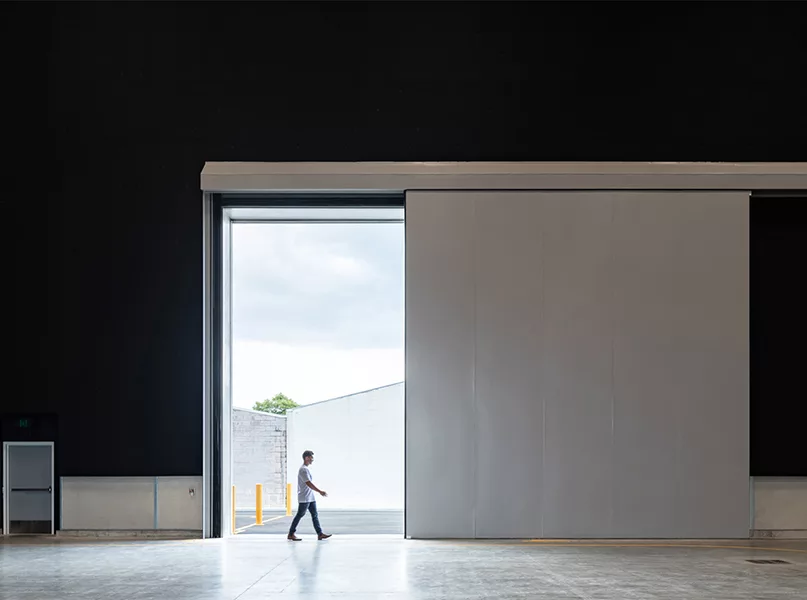
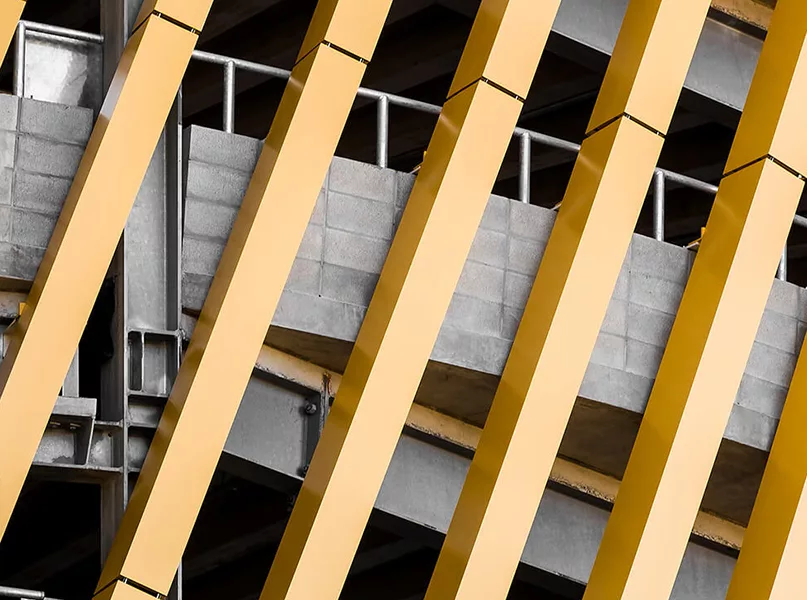
NEW TECHNOLOGY
Determined to adapt efficiently to a new era of technology, the entirety of Ignite’s business has become untethered from workstations and now works using laptops.
“This allows us to have a very agile team that can work from a variety of different locations – studio, home, café, or while travelling. In addition, we run the entire business through a cloud-based server to store data, giving us a more secure and flexible digital environment,” Marriott explains.
This fresh approach also enables the company to splice multiple studios together under the umbrella of a single digital ecosystem that is centrally managed.
Being a digital practice, Ignite creates its own projects as building information models, working in 3-D from the onset after broad planning decisions have been established.
Furthermore, the use of intelligent models has been proven to enable a better understanding of project issues, allowing the company’s designers to generate highly coordinated solutions and use multiple disparate teams and expertise within a single project environment.
“These models also enable us to often exploit the advantages brought by virtual reality headsets to give a better appreciation of spaces, façade expressions, and key design details,” he adds.
In the same manner in which the company has embraced new technology, Ignite will be focused on strategic growth in areas where value can be added.
This will be achieved by continuing to invest in Ignite’s current team, while also searching for candidates that will contribute to future design and business outcomes.
“Finally, this year we are looking to expand our education and aged care offerings as these are sectors that we have a proven track record with. Our knowledge and expertise in these fields brings a depth of experience that will enable us to add considerable value moving forward,” Marriott finishes.
The best designs create solutions that respond to people, and to which people respond, and with this in mind, Ignite’s passion and unrelenting enthusiasm for innovation will continue to set them apart.



